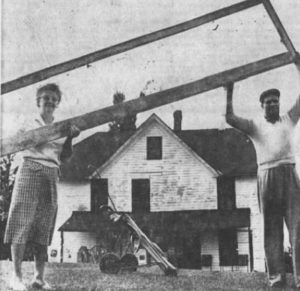
July 1960- Mrs Ernest Smith and Stephen Vaskovic perform ceremonial razing in wake of council decision to build new Ely Park Clubhouse. Photo Credit: David Lasky
July 1960- Mrs Ernest Smith and Stephen Vaskovic perform ceremonial razing in wake of council decision to build new Ely Park Clubhouse- house shown in back round was the “clubhouse”. (David Lasky; Facebook Private Group—Vintage Broome County; THE GOOD, THE BAD, THE UGLY in photos and articles; Post with Pic; 1-19-20)
WOW, WOW, WOW!!! What an awesome pic! Truly amazing! Never seen such a good picture of the old clubhouse! Look at that pull cart & bag! Bit strange that it is Mrs. Smith (pro Ernie’s wife) & Steve Vaskovic (Greens Superintendent/Maintenance) but makes sense as she ran the pro shop & he would be the one to coordinate the teardown! Will have to research city council records! THANK YOU David Lasky You aced that one for sure!!! ![]()
![]()
![]()
![]()
![]()
![]()
![]() (Andy Reistetter; Facebook Comment; 1-19-21)
(Andy Reistetter; Facebook Comment; 1-19-21)
Same old clubhouse in the background of this picture of my father Andy Reistetter Sr. on the 2nd tee (downhill par-3 with shoe-like green). Closest green is the 6th green (par-4 around the hill). Further green is the old practice putting green. Remember the first hole was a 200-yard par-3 from what is now the ladies tee on the par-4 No. 3 hole. Note cinder parking lot of whose cinders you can still feel and hear beneath the grass walking off the 3rd tee!
AGED PRO SHOP—Mr. Smith inspects fireplace frame which has sagged several inches. Fireplace is in the Pro Shop. Mr. Smith says that he fears building might collapse in wind storm.
SAGGING CEILING—Mr. Smith points out smashed window in Pro Shop door. Ceiling and door have sagged over years. Mr. Smith says golfers still play at Ely Park but only because of the fine condition of the golf course.
ELY PARK CLUBHOUSE—This is the old clubhouse that would be replaced if city goes through with plan to erect a new $160,000 structure. Present building is said by Ernest E. Smith, professional at the course, to be in dangerous condition.

AGED PRO SHOP—Mr. Smith inspects fireplace frame which has sagged several inches. Fireplace is in the Pro Shop. Mr. Smith says that he fears building might collapse in wind storm. Photo Credit: Joe Danvers

SAGGING CEILING—Mr. Smith points out smashed window in Pro Shop door. Ceiling and door have sagged over years. Mr. Smith says golfers still play at Ely Park but only because of the fine condition of the golf course. Photo Credit: Joe Danvers
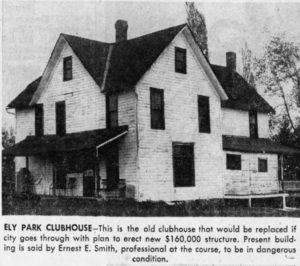
ELY PARK CLUBHOUSE—This is the old clubhouse that would be replaced if city goes through with plan to erect a new $160,000 structure. Present building is said by Ernest E. Smith, professional at the course, to be in dangerous condition. Photo Credit: Joe Danvers
More pics of the Old Clubhouse please!
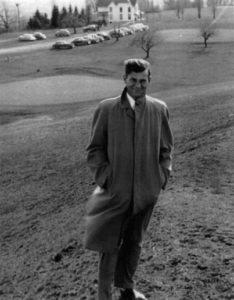
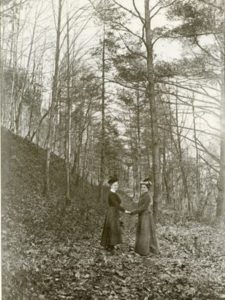
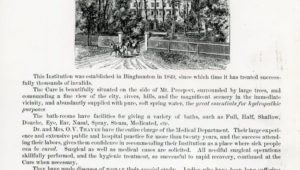
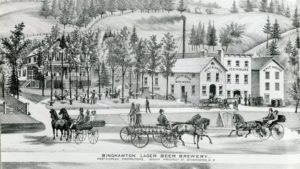
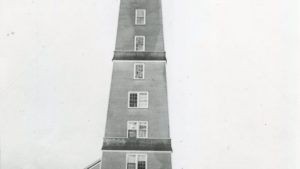
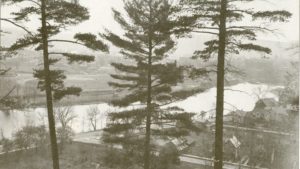
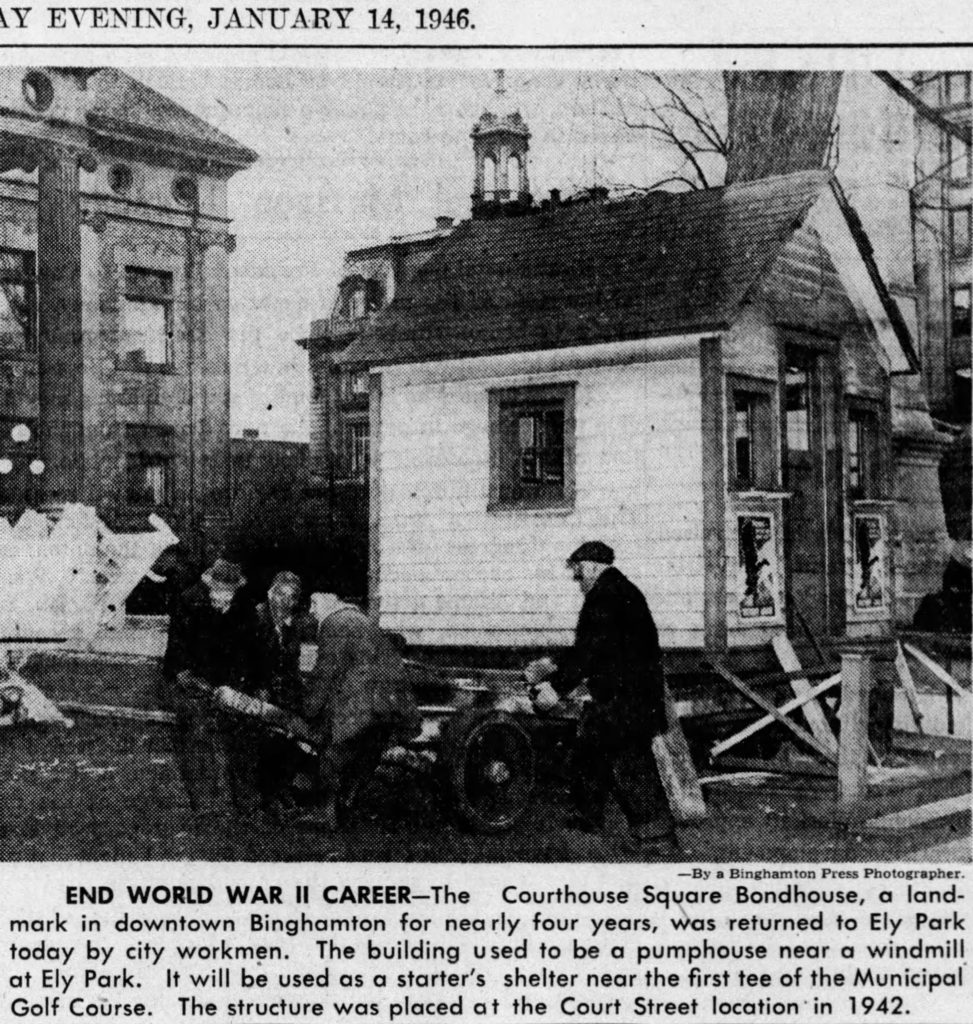
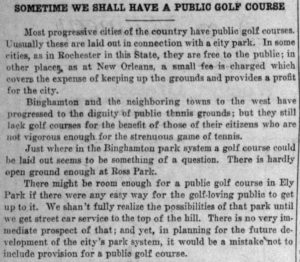
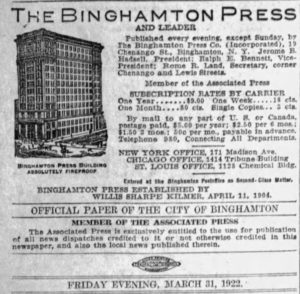
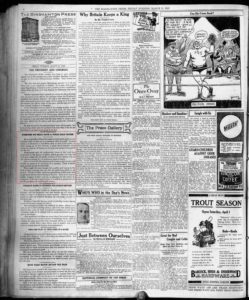

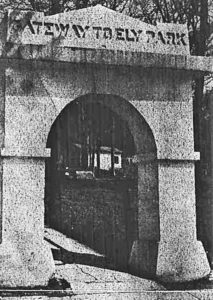

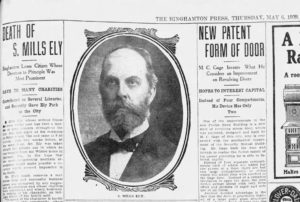
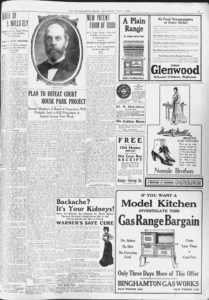
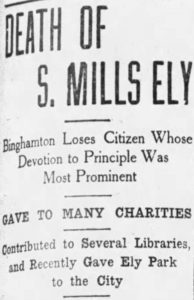

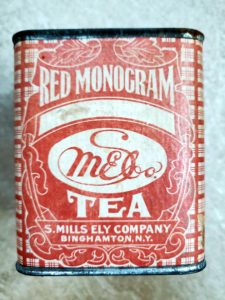
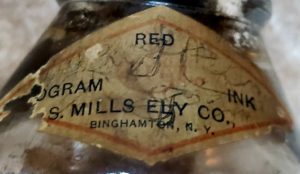
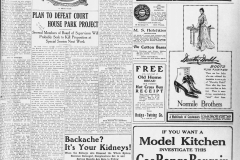
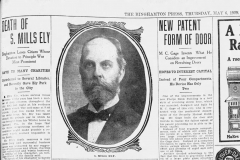
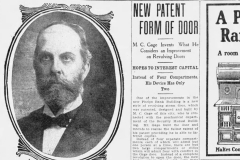
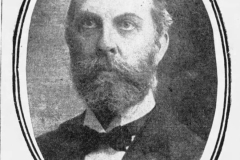
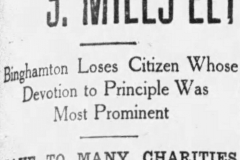
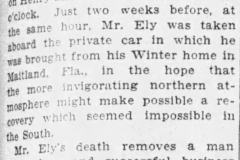
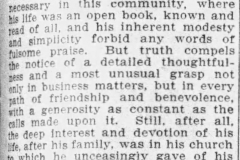
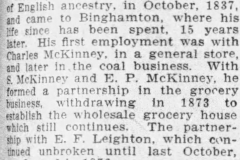
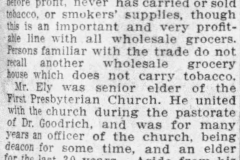


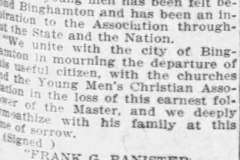
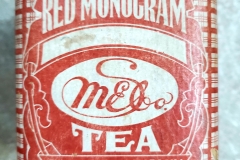
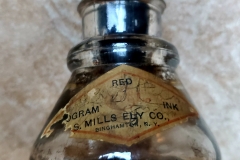
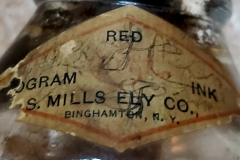
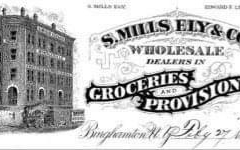
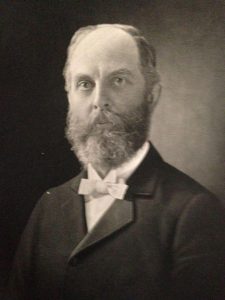
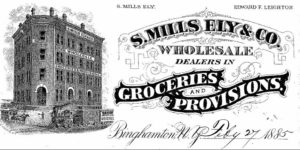
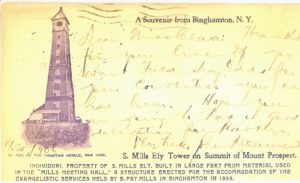

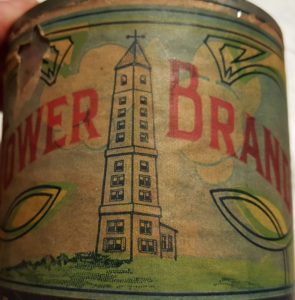

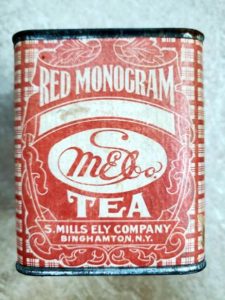
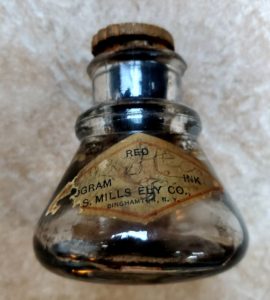
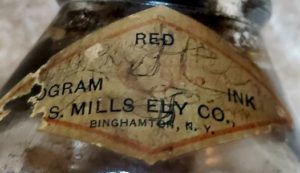

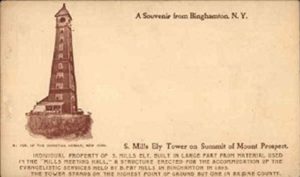


Recent Comments